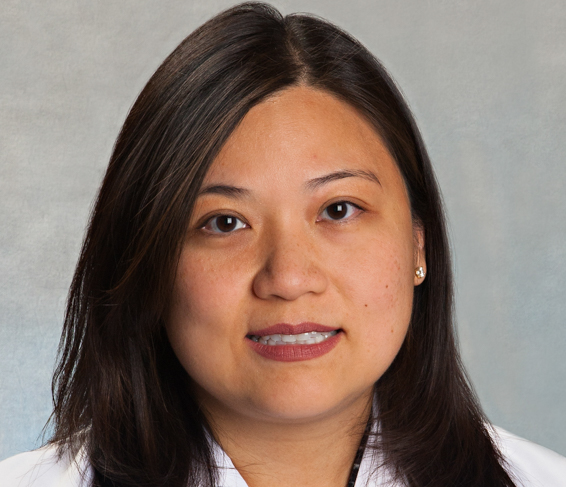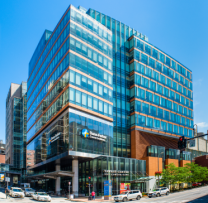
Thanh U. Barbie, MD
Contact Information
Office Phone Number
Fax
Appointments
On This Page
Biography
Thanh U. Barbie, MD
Dr. Thanh U. Barbie is an attending surgeon at Brigham and Women's Hospital (BWH), BWH Faulkner Hospital, and Dana-Farber Brigham Cancer Center. She is also an Assistant Professor of Surgery at Harvard Medical School.
She received her undergraduate degree cum laude from Harvard University and a medical degree with the highest rank of superior from the University of Vermont College of Medicine. She then completed a residency in obstetrics and gynecology at BWH/Massachusetts General Hospital, followed by a fellowship in breast surgical oncology at Washington University School of Medicine/Siteman Cancer Center. During her fellowship, Dr. Barbie received research training under the National Institute of Health (NIH)'s T32 training program and was awarded a prestigious Department of Defense postdoctoral award.
Dr. Barbie's clinical interests include locally advanced breast cancer, triple-negative breast cancer, and genetic mutations that lead to breast cancer. She specializes in surgeries that include nipple sparing mastectomies, skin sparing mastectomies, lumpectomies, sentinel lymph node biopsies, and axillary lymph node dissections. She is the principal investigator of a NIH R01 funded laboratory that focuses on developing immunotherapies for patients with triple-negative breast cancers, and she holds multiple patents in cancer biology. She has authored numerous peer-reviewed publications.
Researcher
Physician
Centers/Programs
Clinical Interests
Breast cancer surgery, Inflammatory breast cancer, Novel therapies for breast cancer
Diseases Treated
Board Certification
- Obstetrics and Gynecology, 2009
Fellowship
- Washington University School of Medicine, Breast Surgical Oncology
Residency
- Brigham and Women's Hospital, Obstetrics and Gynecology
Medical School
- University of Vermont Medical School
Locations

Dana-Farber Cancer Institute
450 Brookline Avenue Boston, MA 02215Dana-Farber Cancer Institute

